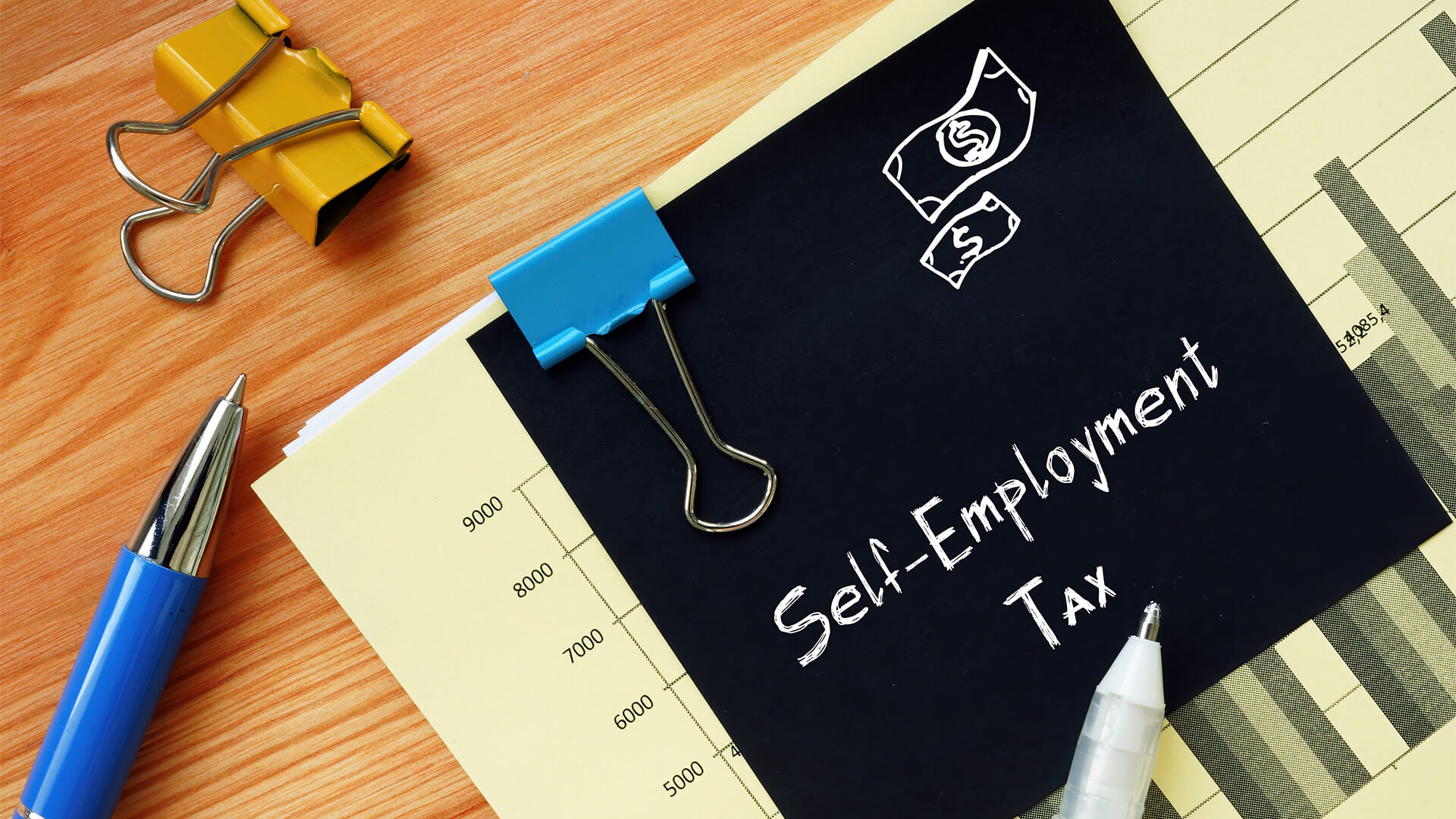How Does Self-Employed Income Tax Work?
It can be difficult to approach income tax when you are self-employed as there are many things to consider.
What is self-employed income tax?
If you are self-employed, your income tax will work differently than if you are employed by a company. Rather than charging income tax based on your gross income, your self-employed income tax will be charged on your profits and you will need to declare it via a self-assessment tax return. If you earn below a certain threshold you will not need to pay any tax income. For the tax year 2022-2023 this figure is £12,570 or below.
In order to declare your taxable income, you will need to calculate the relevant figure. First, you will need to deduct any business expenses from your income. This can be losses carried over from previous years and can also include larger capital allowances. The remaining amount of profit is the amount that you will be taxed on so it is important to make the relevant tax deductions to avoid paying more than you need to.
How do you file a tax return if you are self-employed?
There are a few different ways you can file your tax return as a self-employed individual including submitting your tax return online, filling out a paper tax return or by using a commercial software. When you first make the decision to become self-employed, you should register your business as soon as possible with HMRC.
The first time you submit a self-assessment tax return, you will be assigned a UTR number (Unique Taxpayer Reference). Also, you will be registered for Class 2 National Insurance contributions. This means that if your income is over a certain amount, you will pay these contributions automatically.
Which self-employment supplement am I supposed to choose?
It can be overwhelming to know how to fill out a self-employed tax return as there are multiple sections. If you file your tax return online, the majority of income sources or any finance you have acquired are given different sections and you can find all relevant income sources. The first section you are sent to when you file your return online is the SA100 which is the main self-assessment you will need to fill out. For paper tax returns, there will be supplementary pages that you will need to fill out.
You will also need to fill out the section SA103S or the SA103F. The SA103S is the short version and the SA103F is the full version. The short version is suitable for those whose self-employed income was £85,000 or less for the 2020-21 tax year.
However, if your income is over £85,000 or there are any complications (such as a change of accounting date, or if the accounting period is not the same as your basis period), you will need to fill in the full version. This means that many self-employed people cannot use the short supplement for their first year of trading.
If you are a sole trader with a limited company or partnership, you will also need to fill in the partnership supplement (SA104), which has a short and full version. However, if you are the director of a limited company, tax purposes dictate that you will count as an employee of the business meaning that you will need to fill out the employment supplement (SA102).







